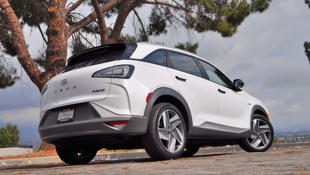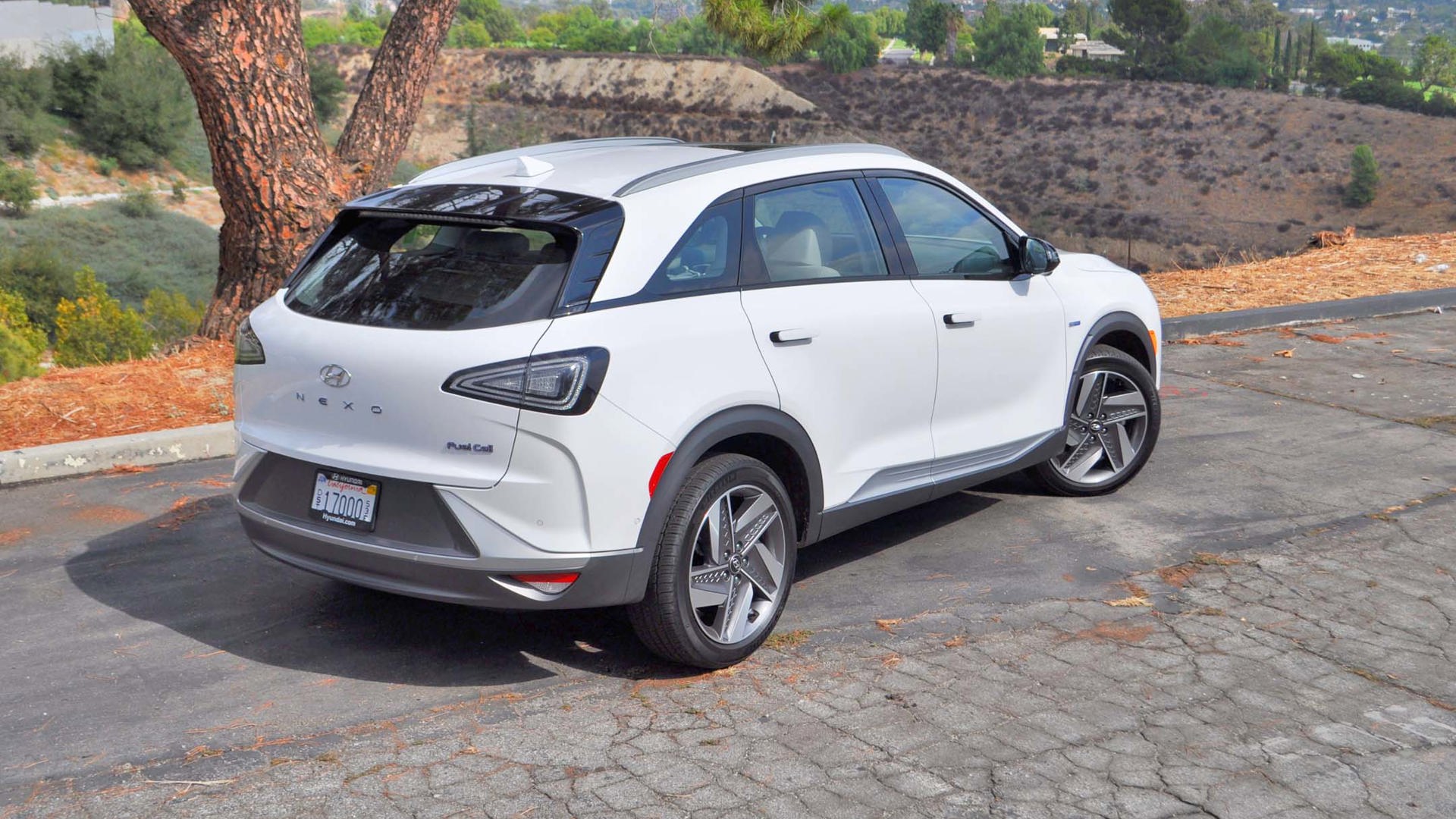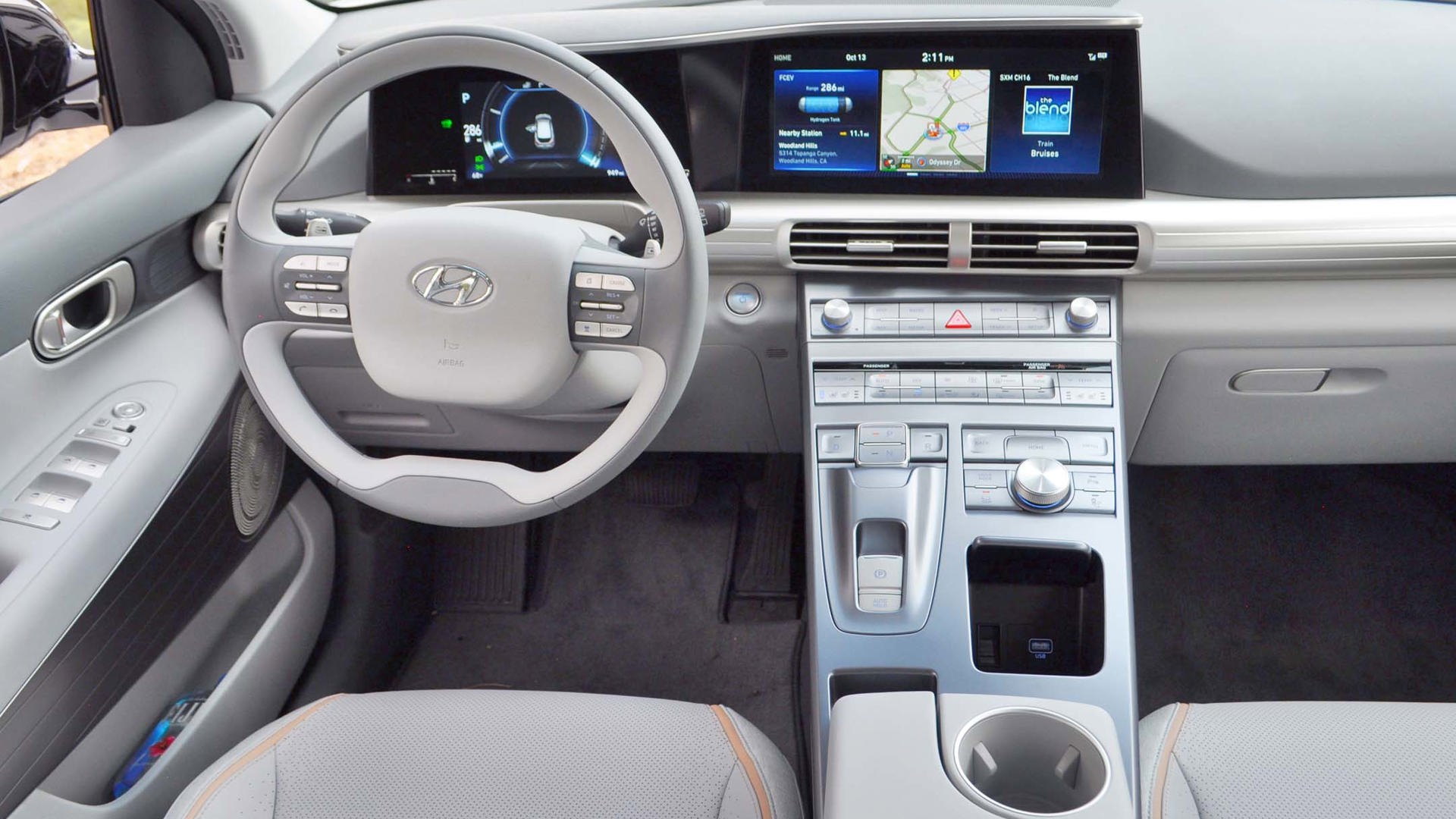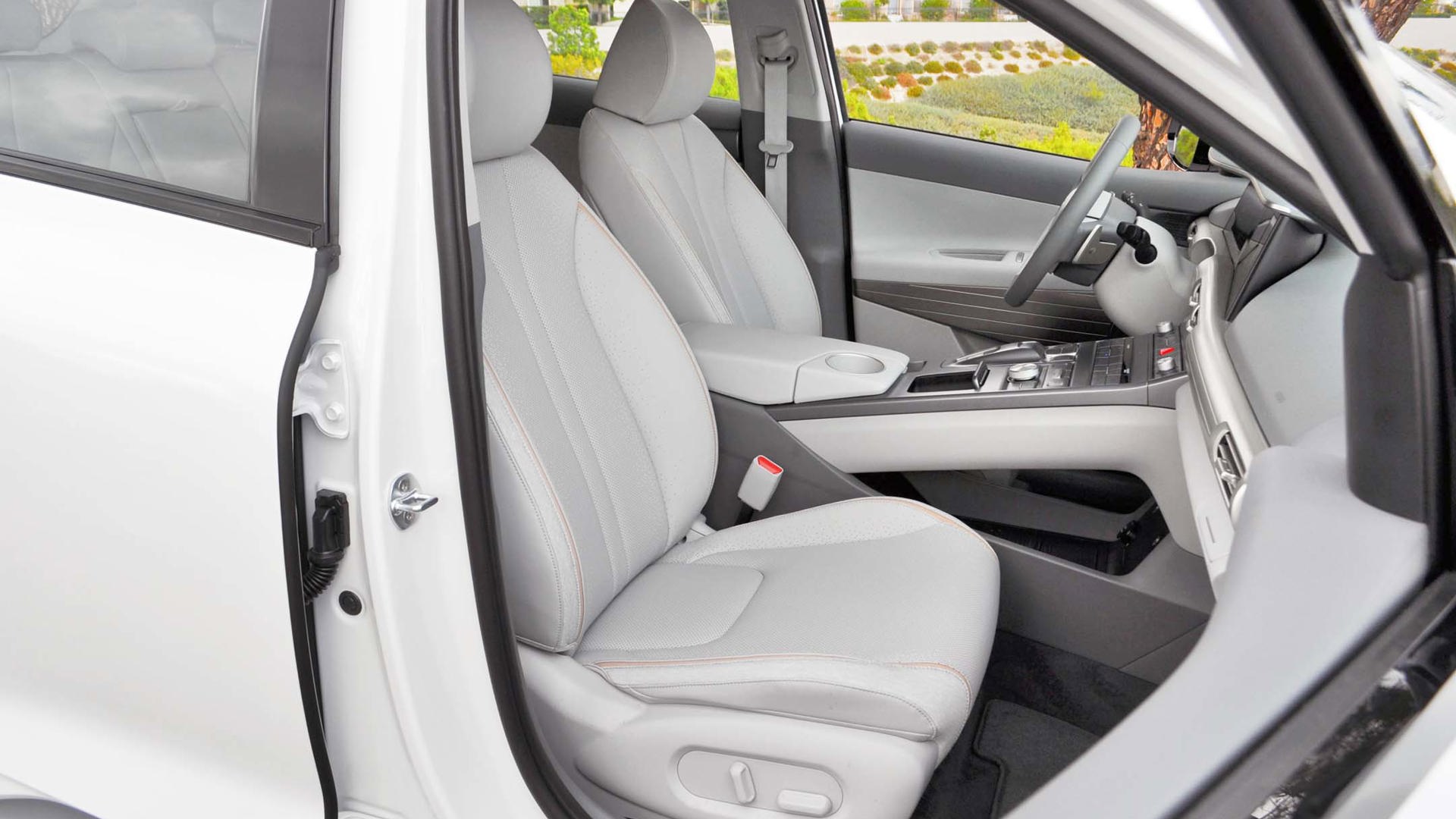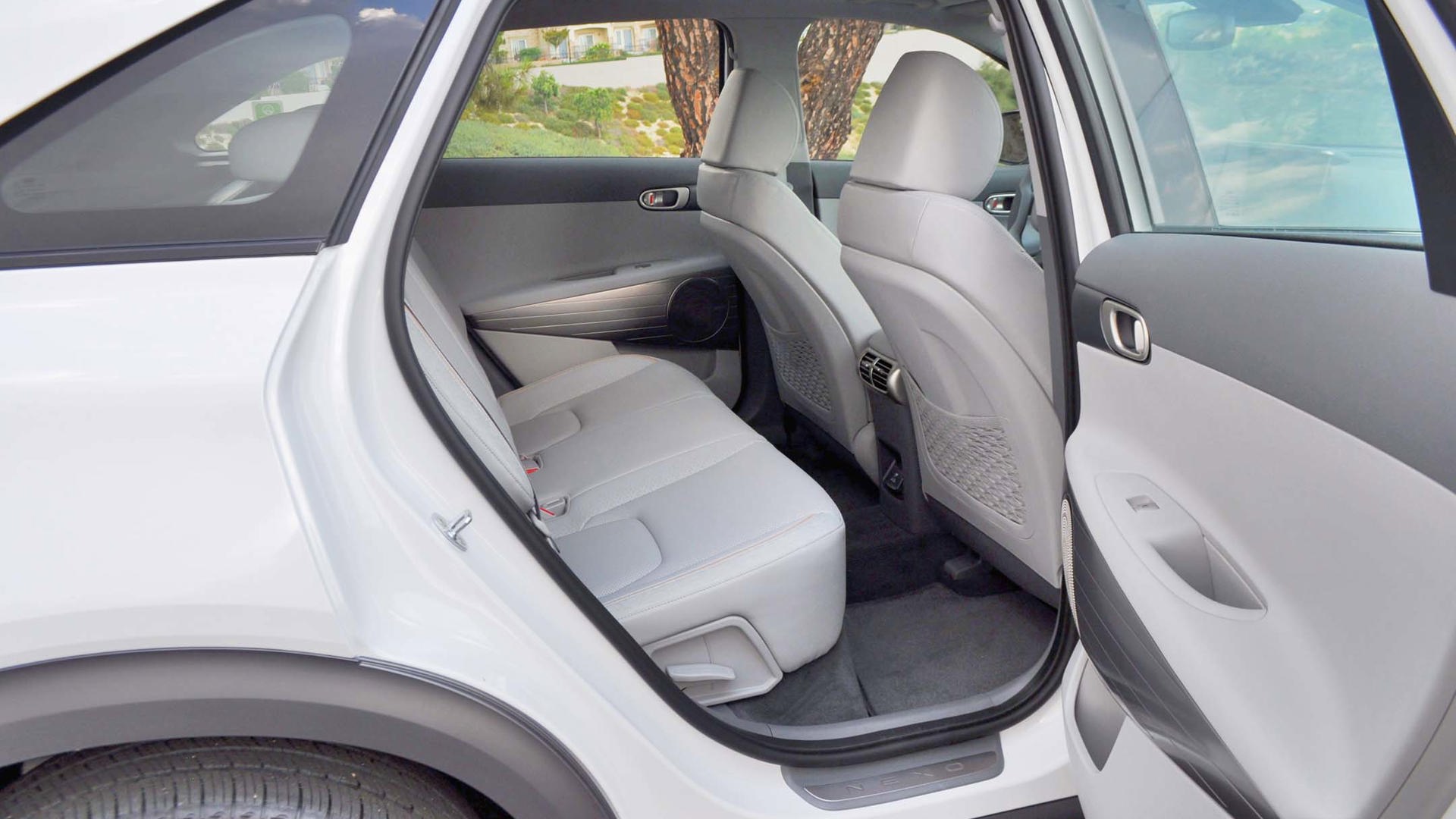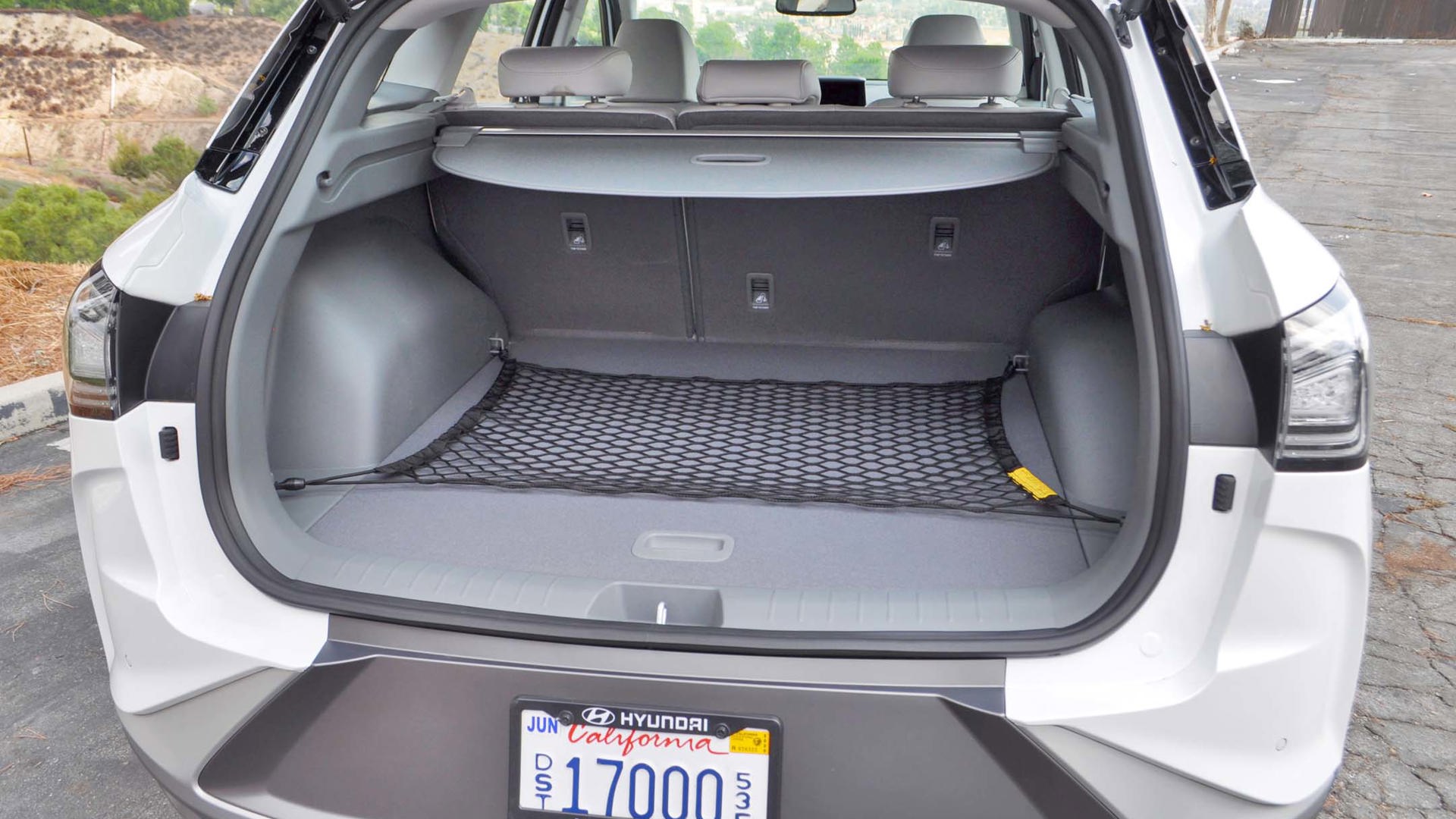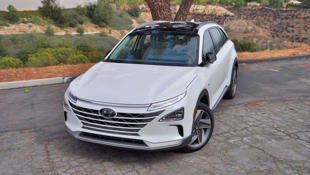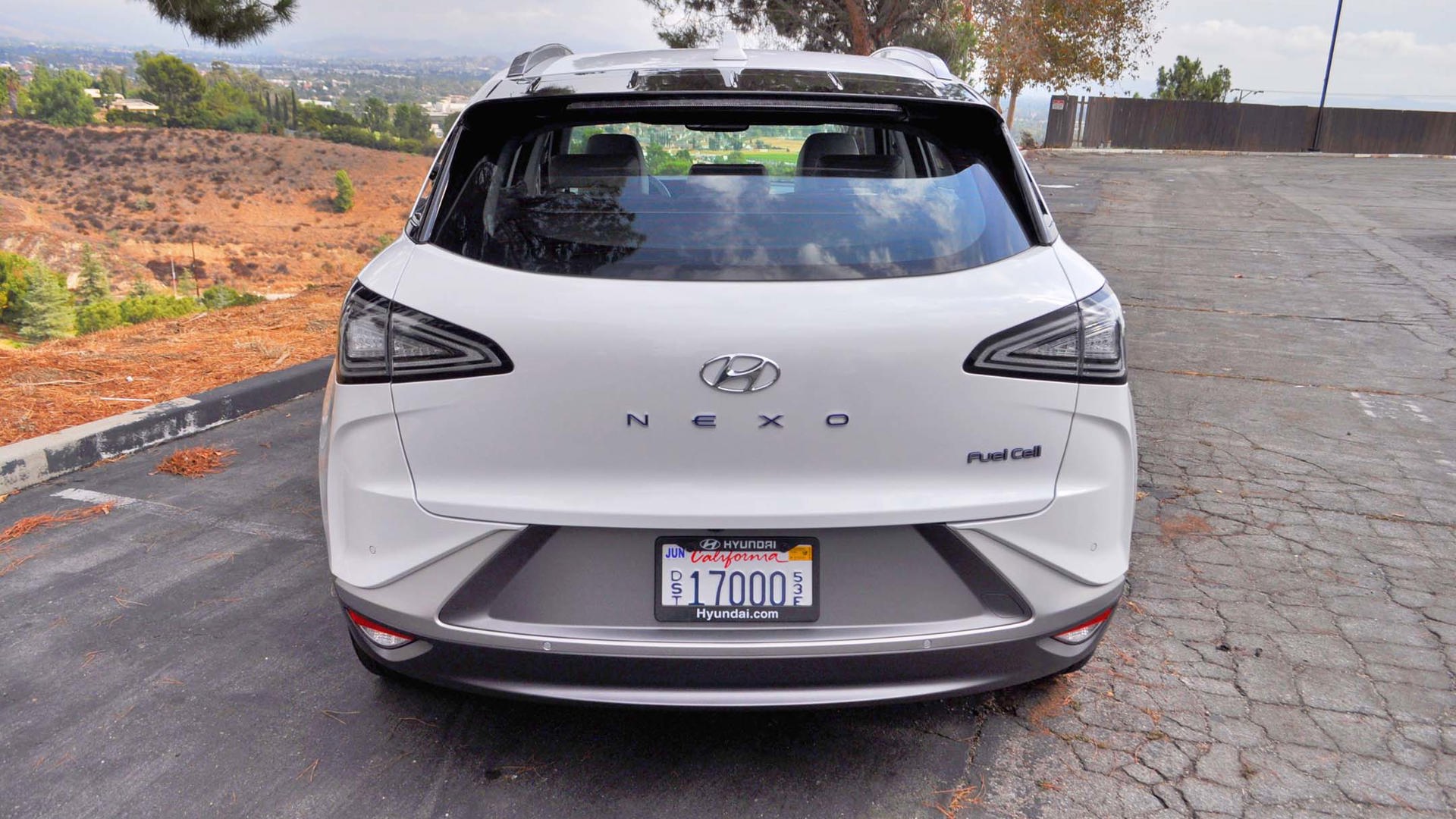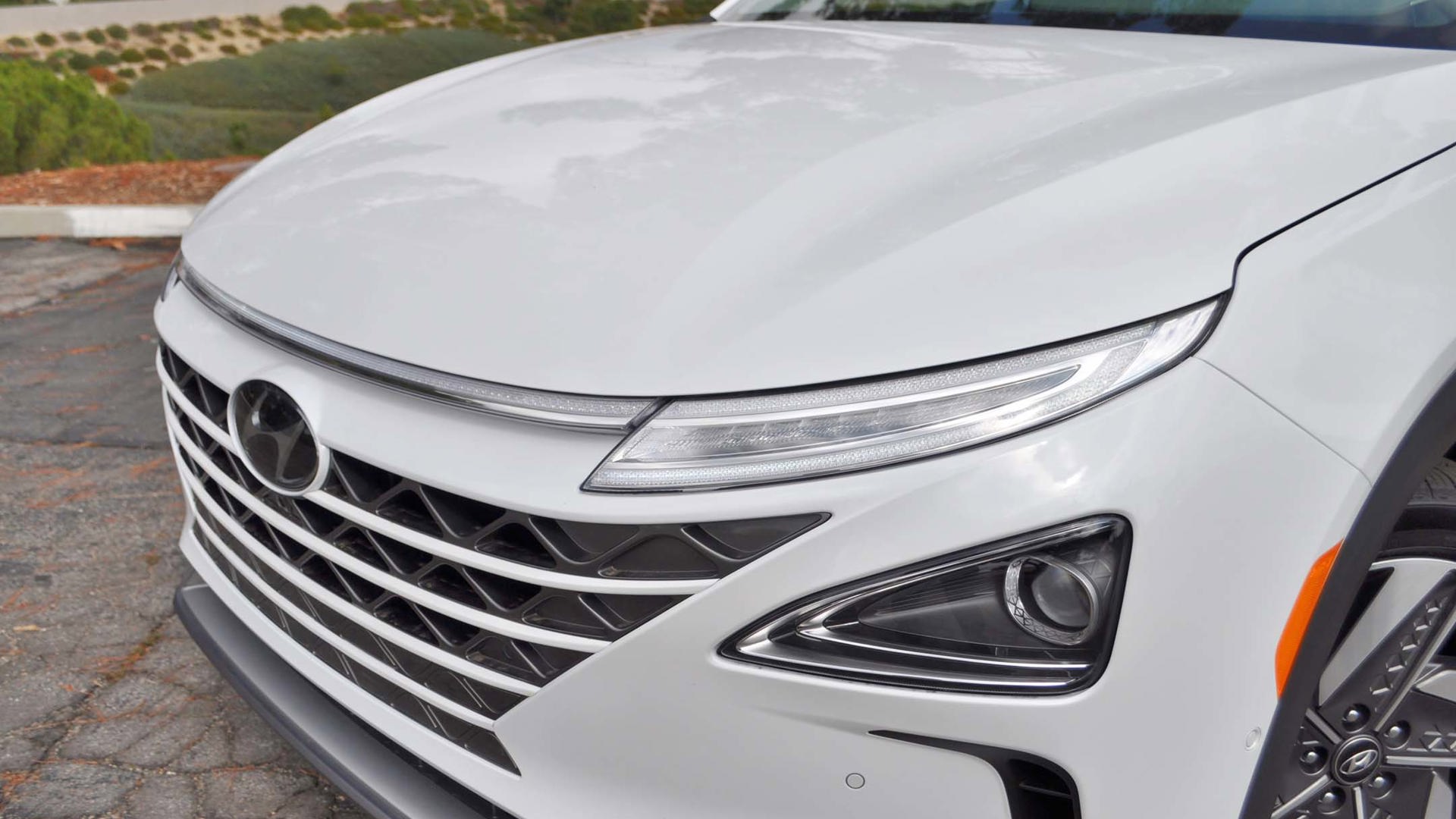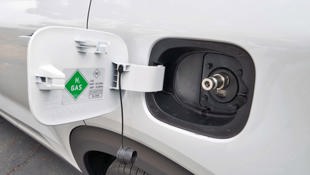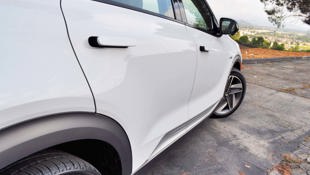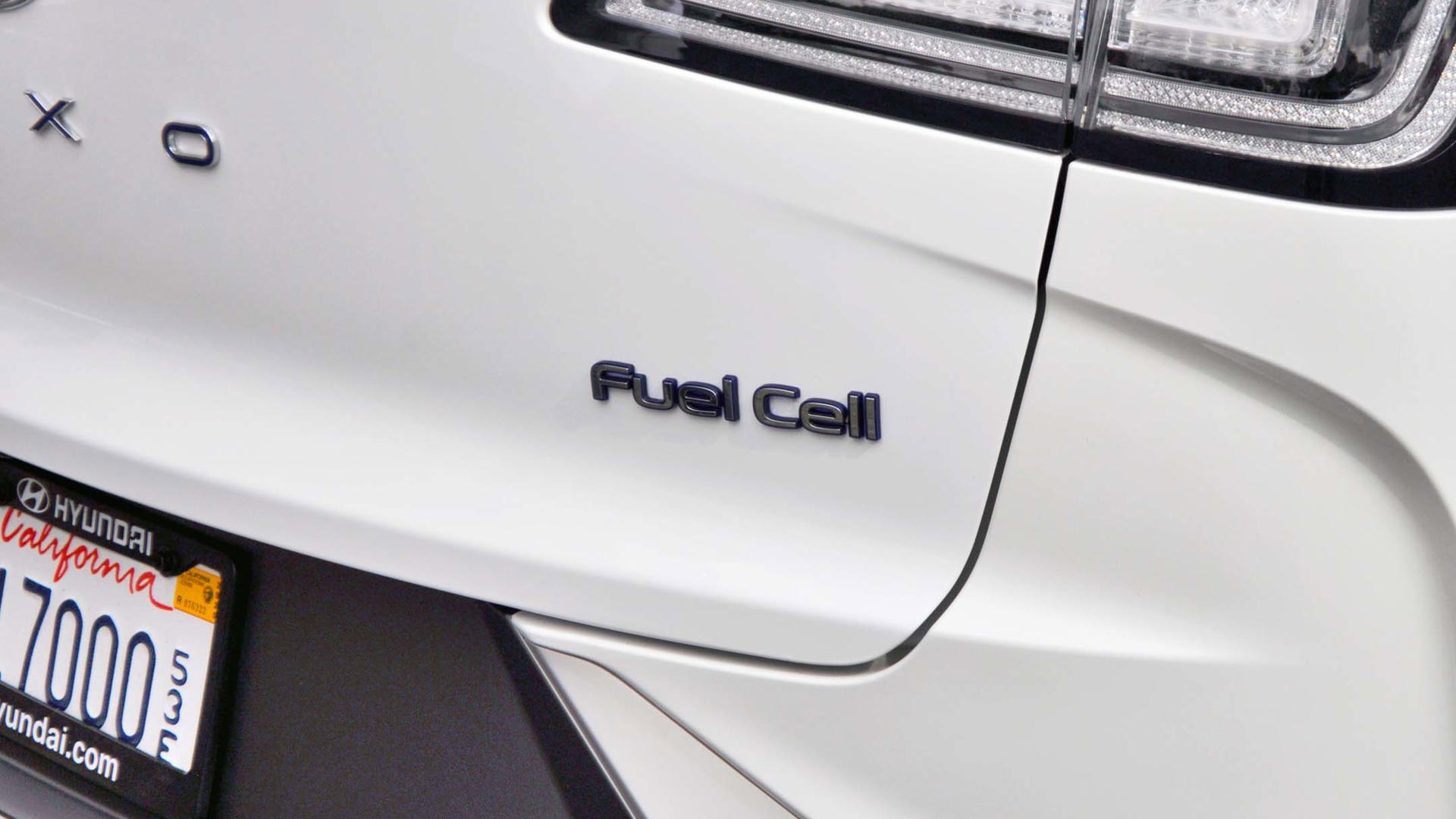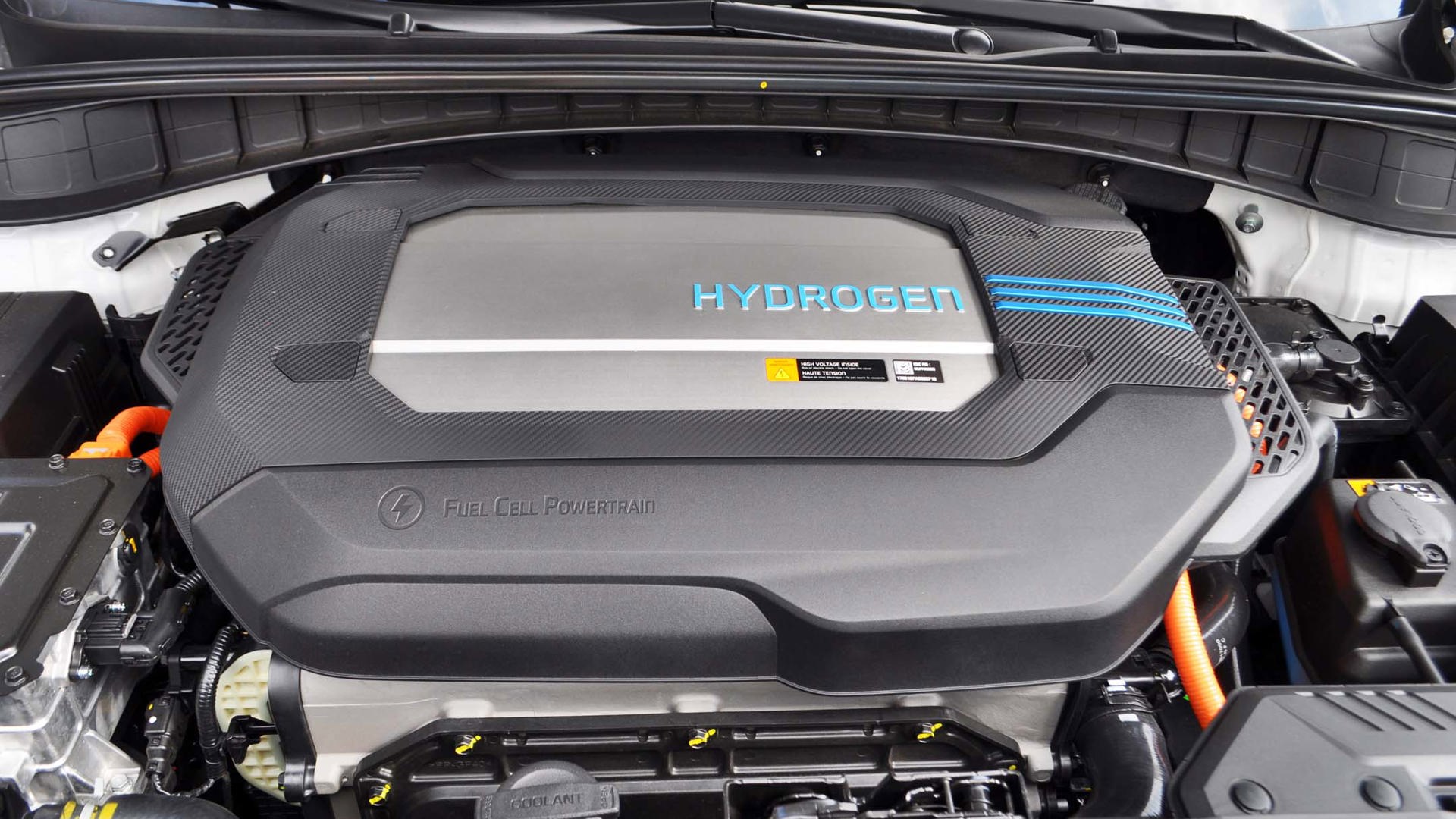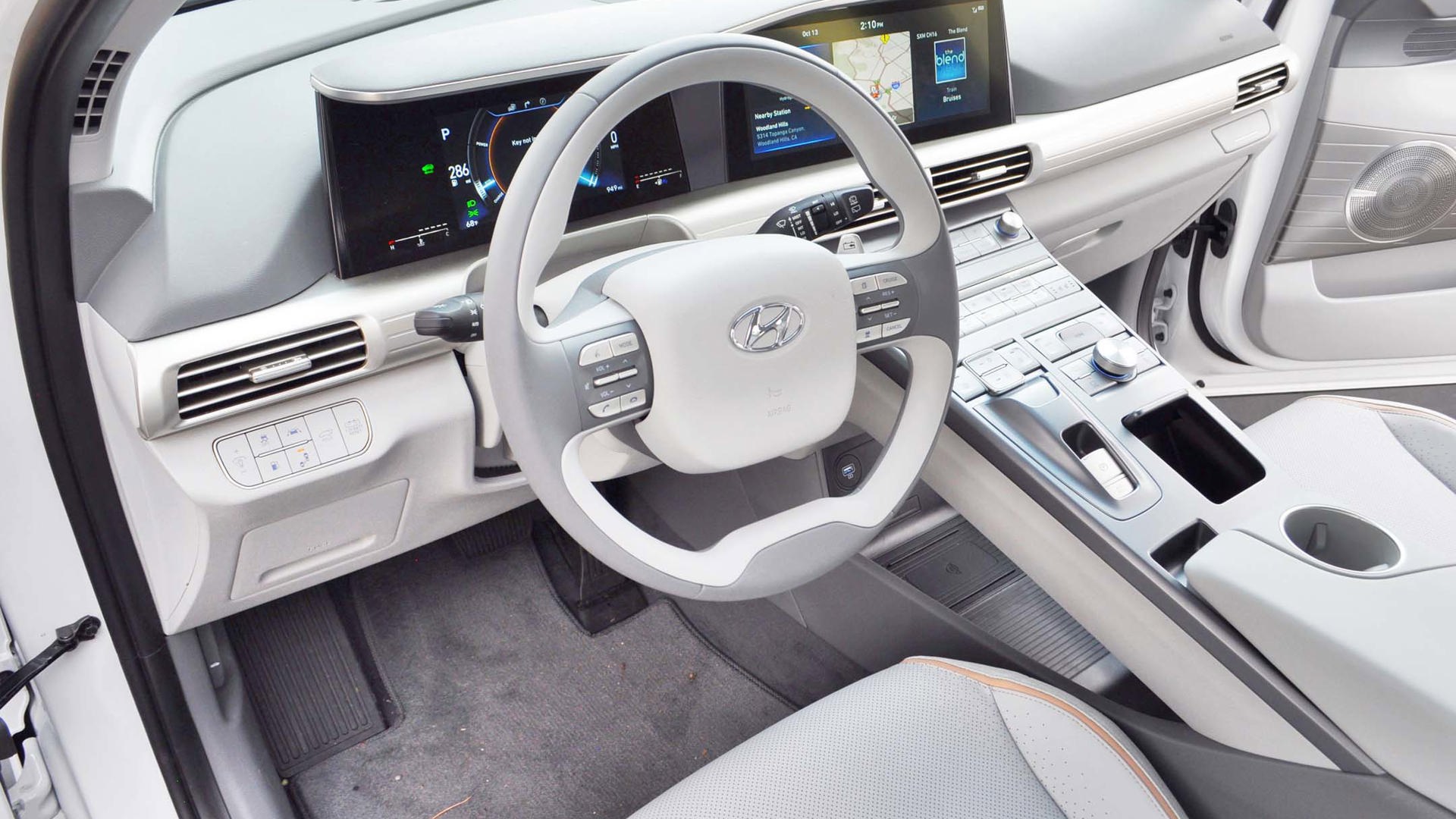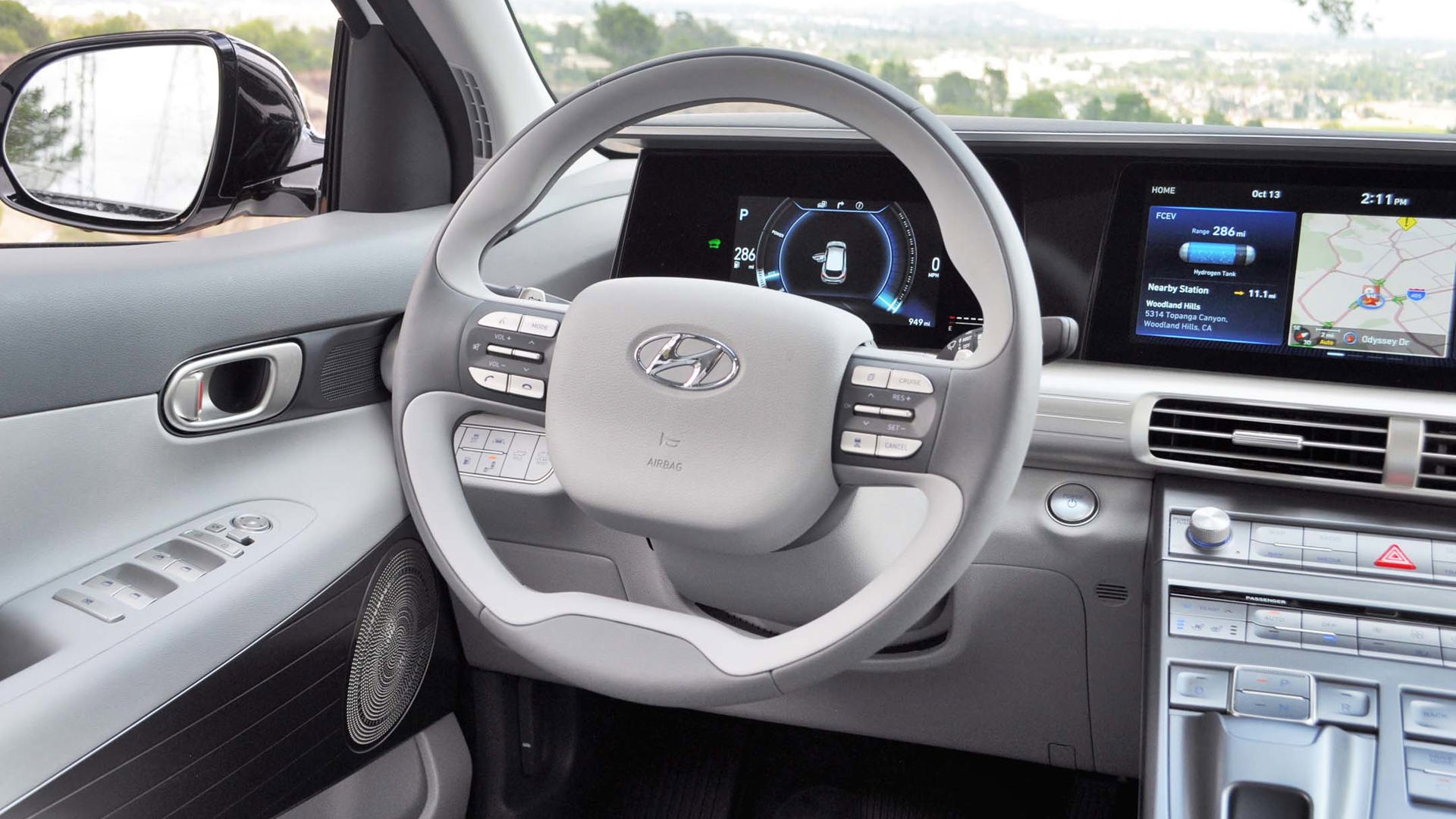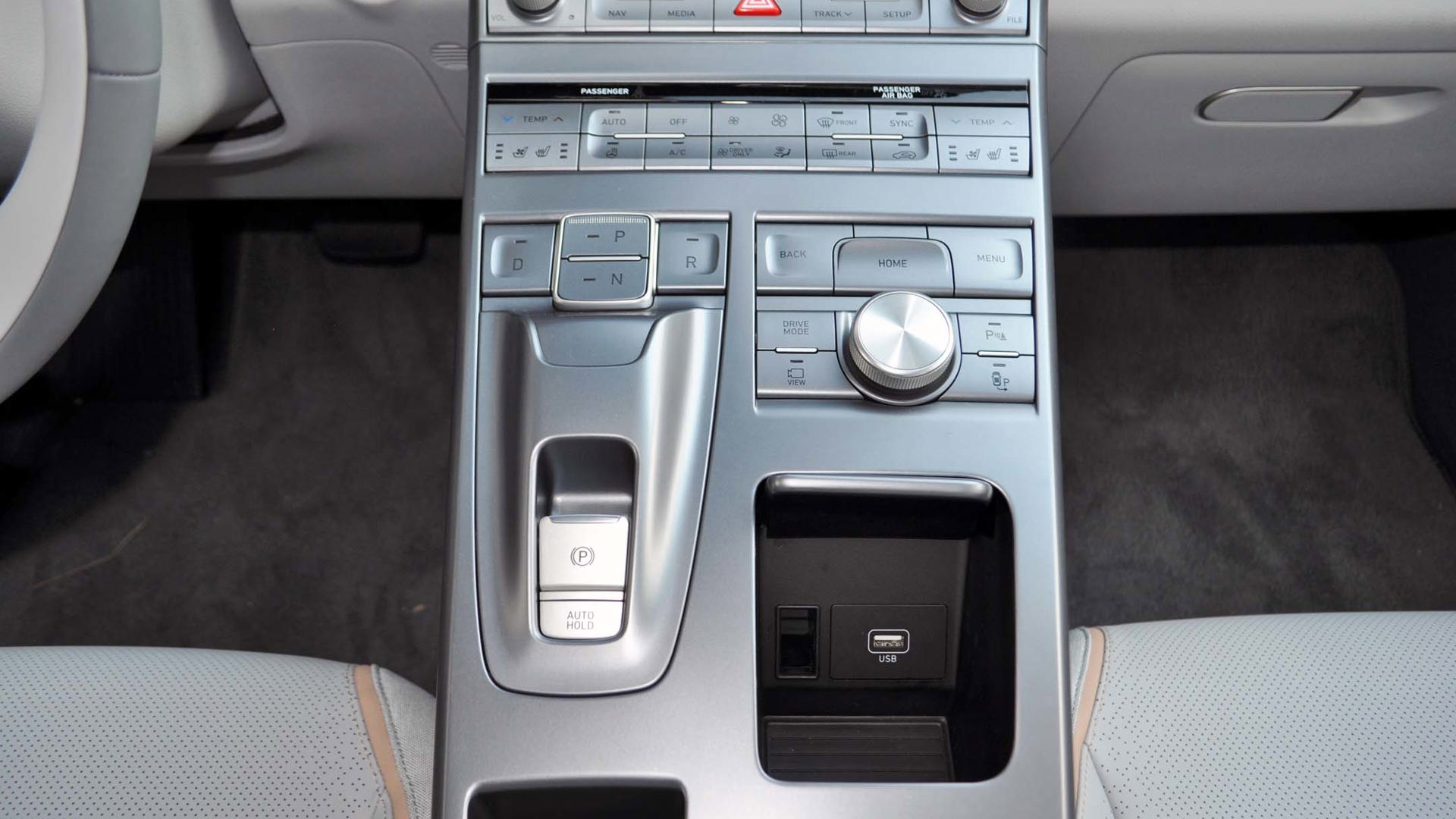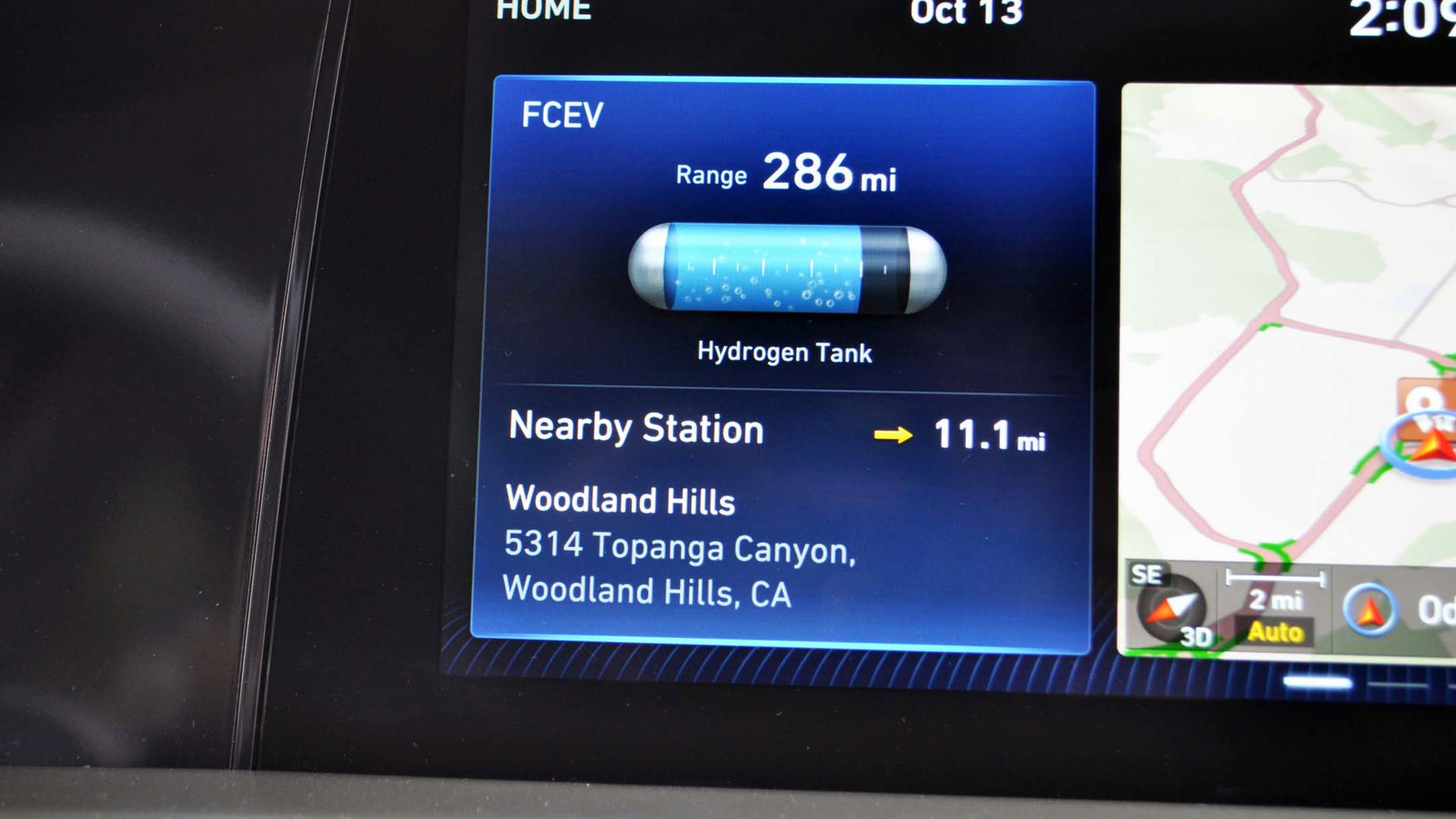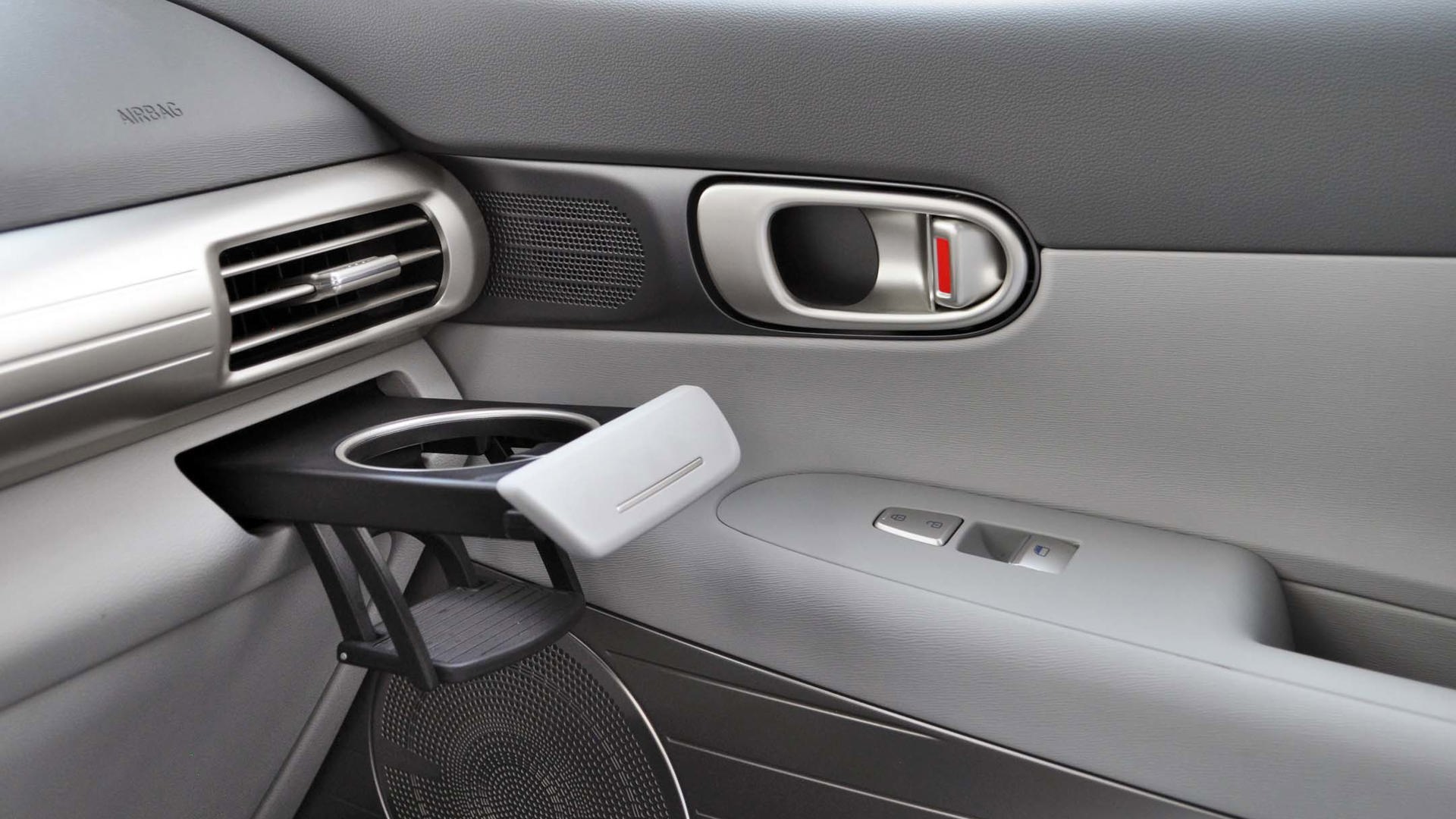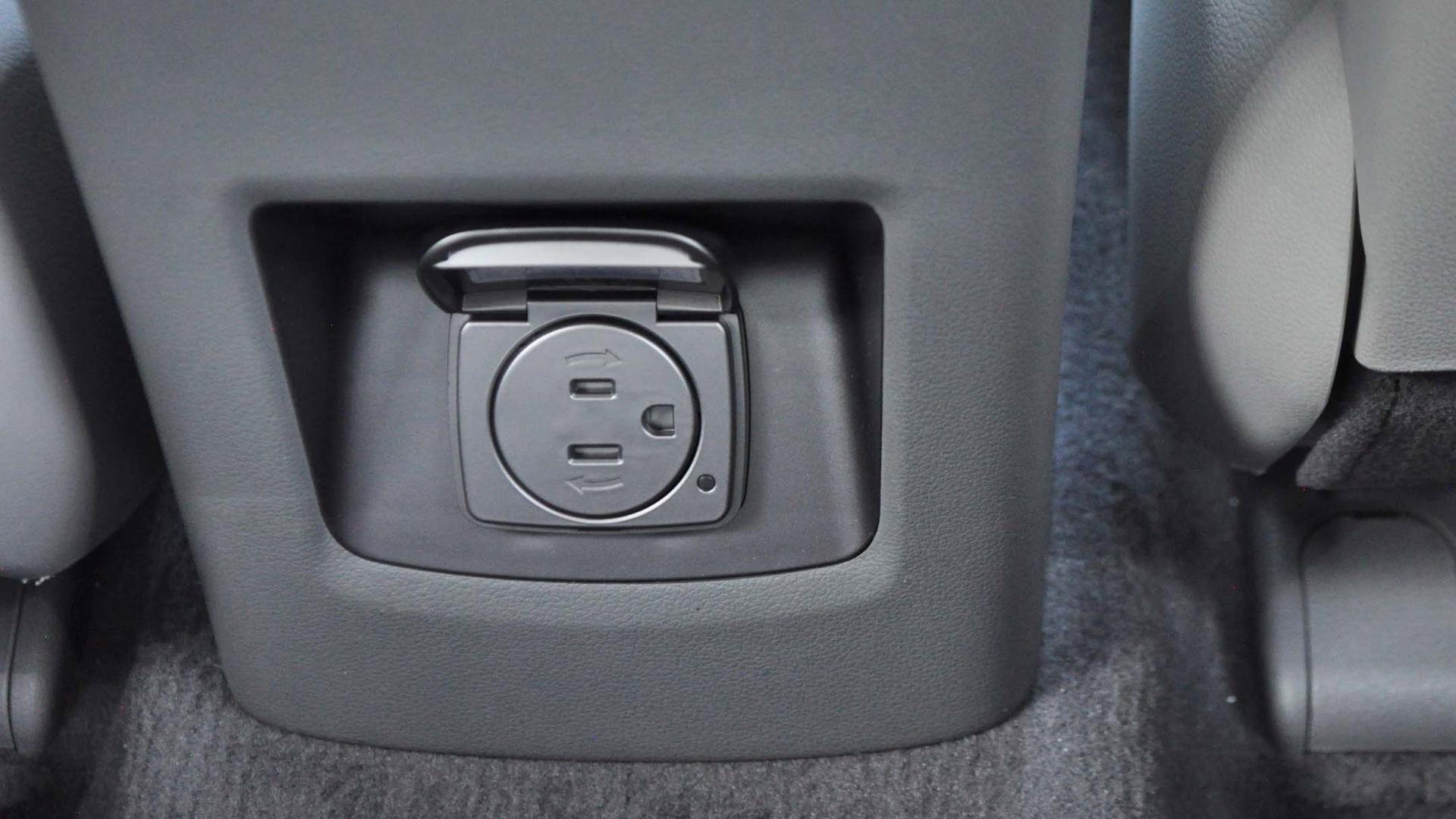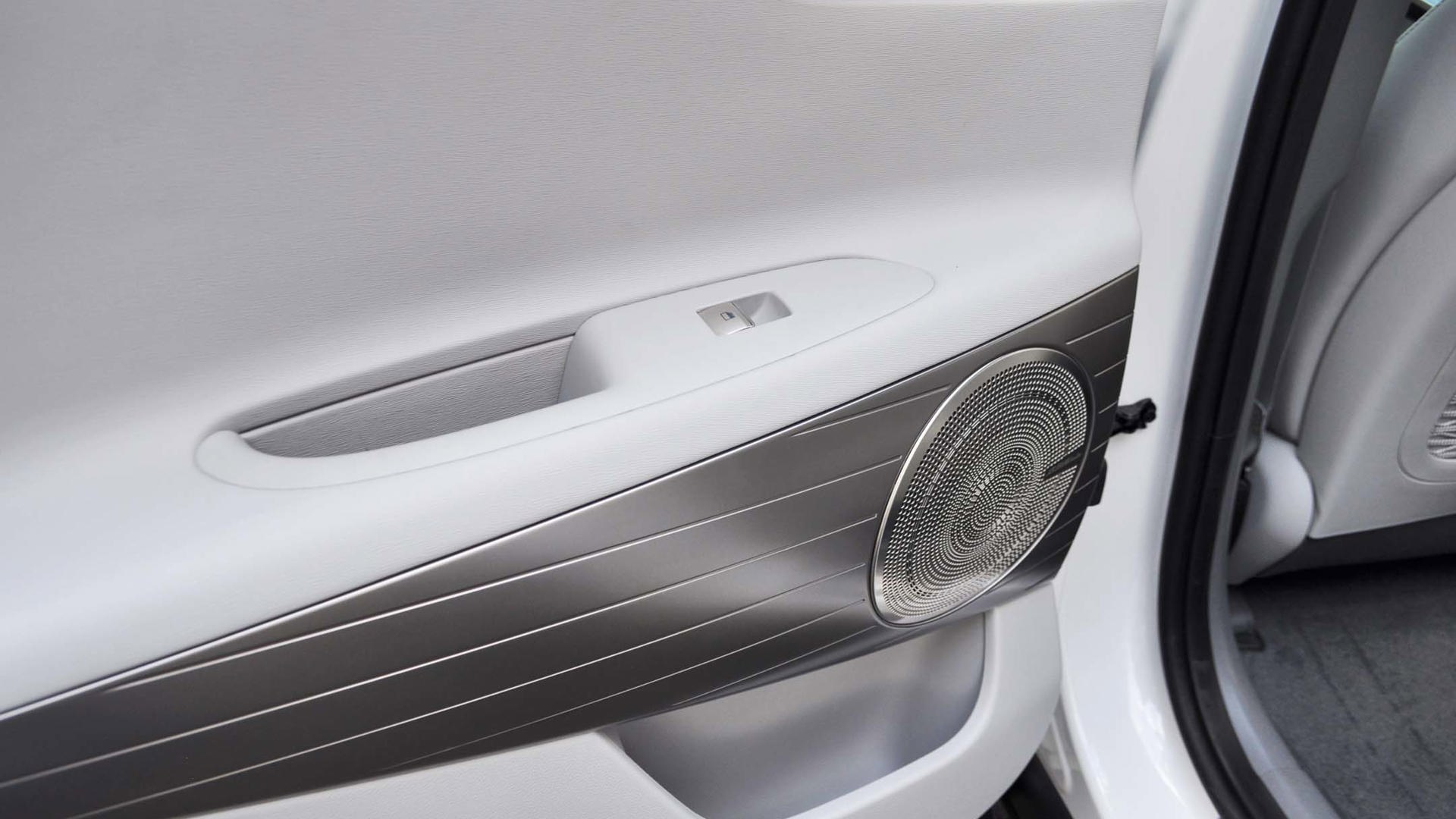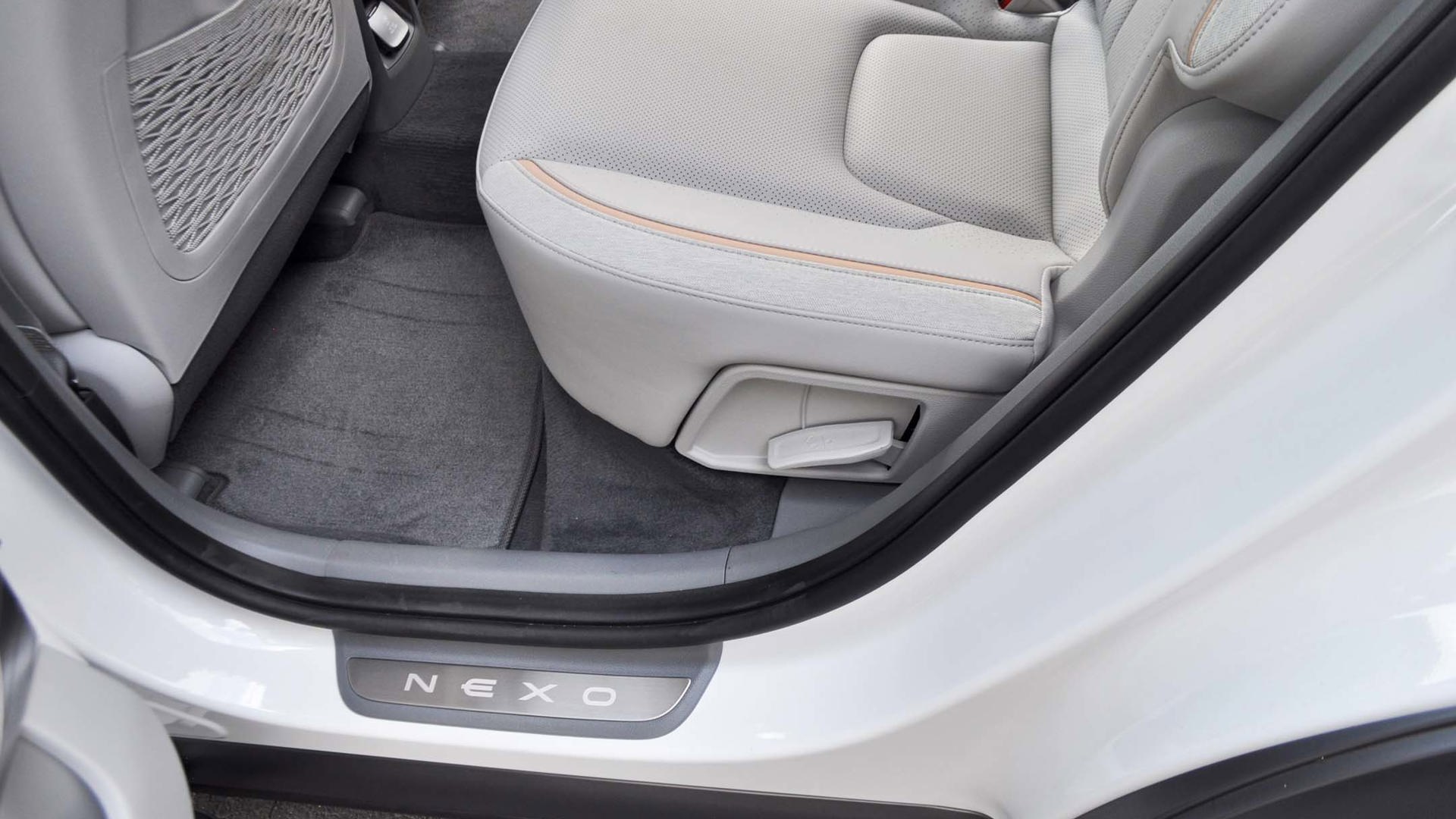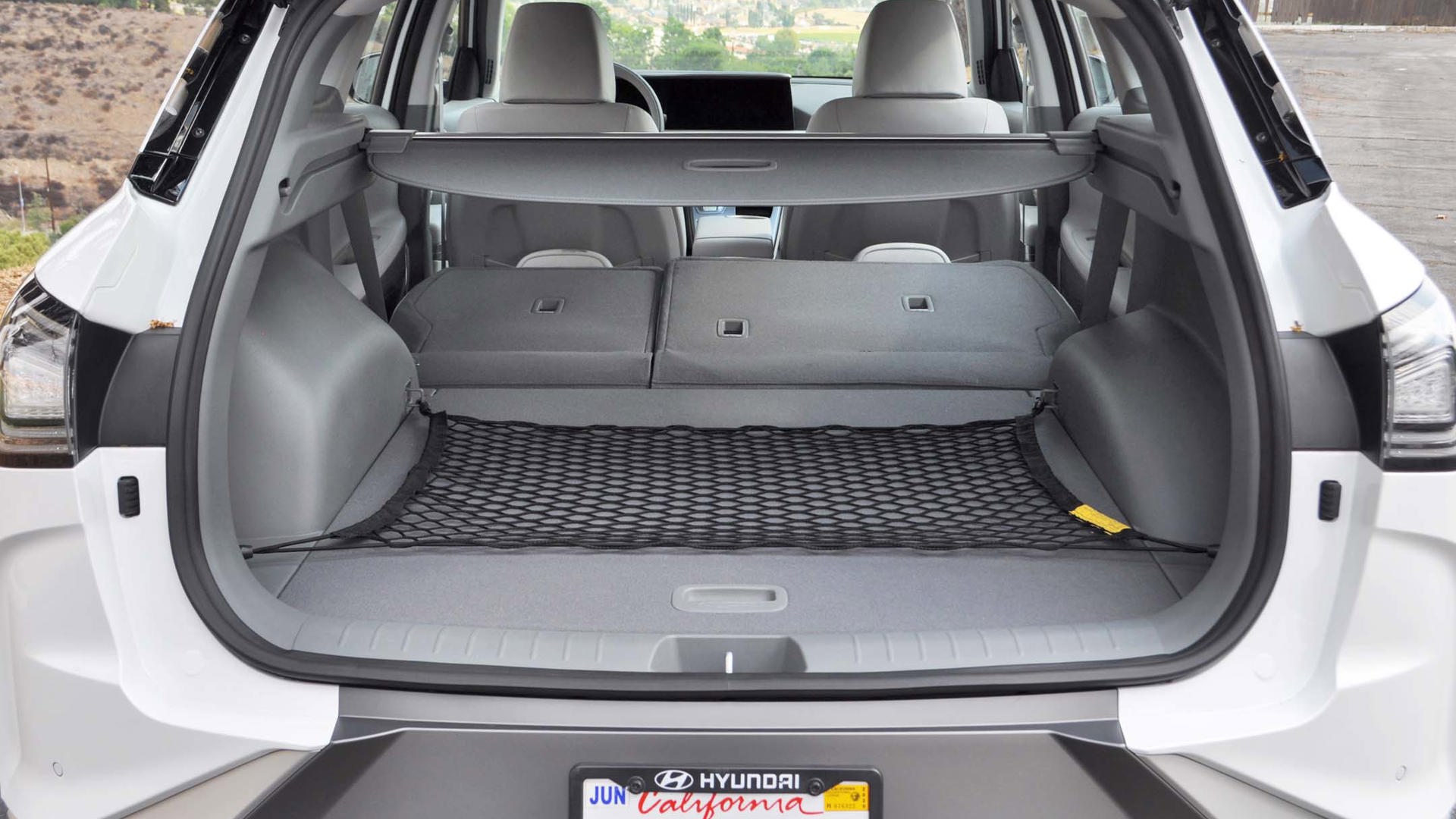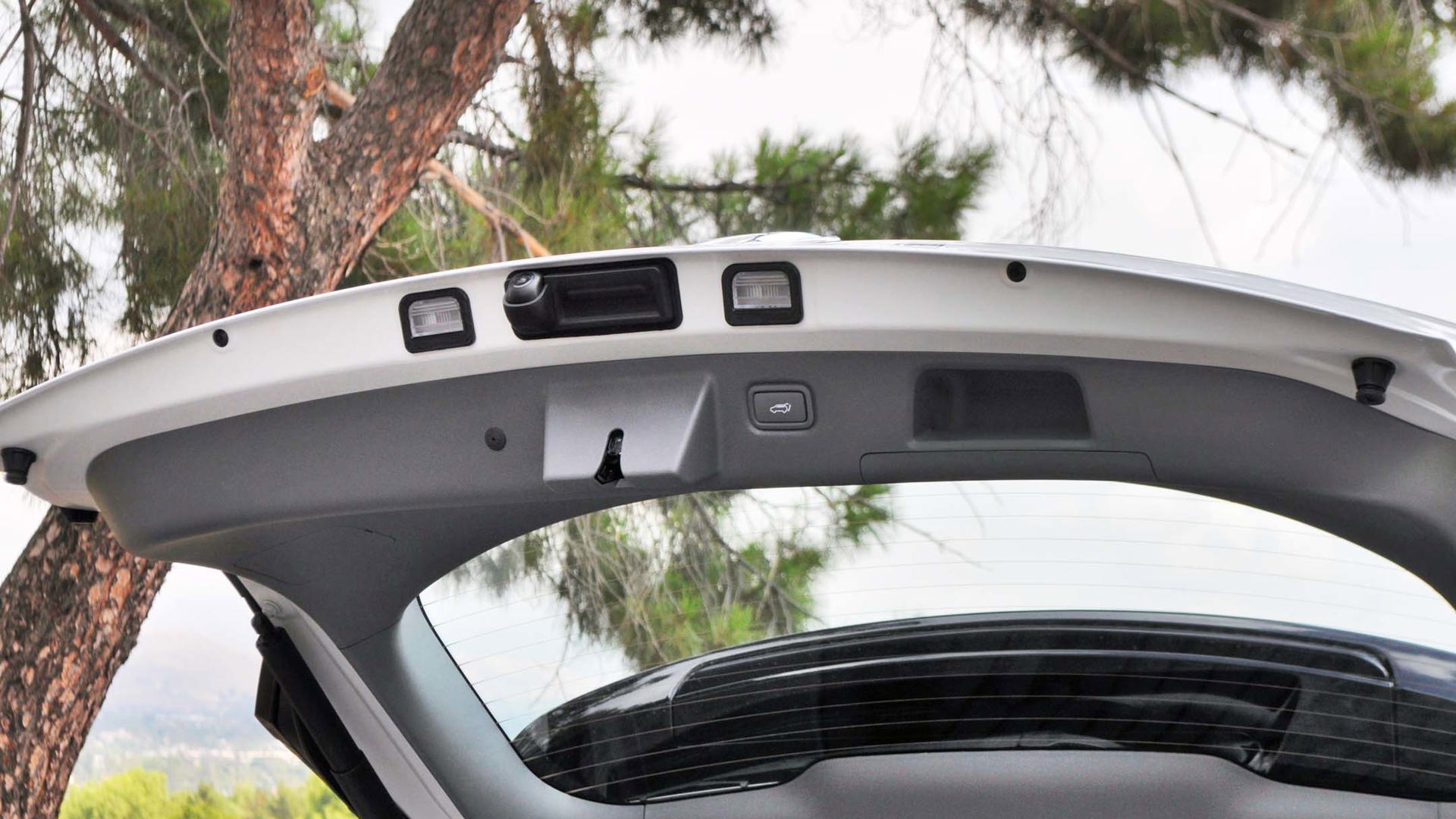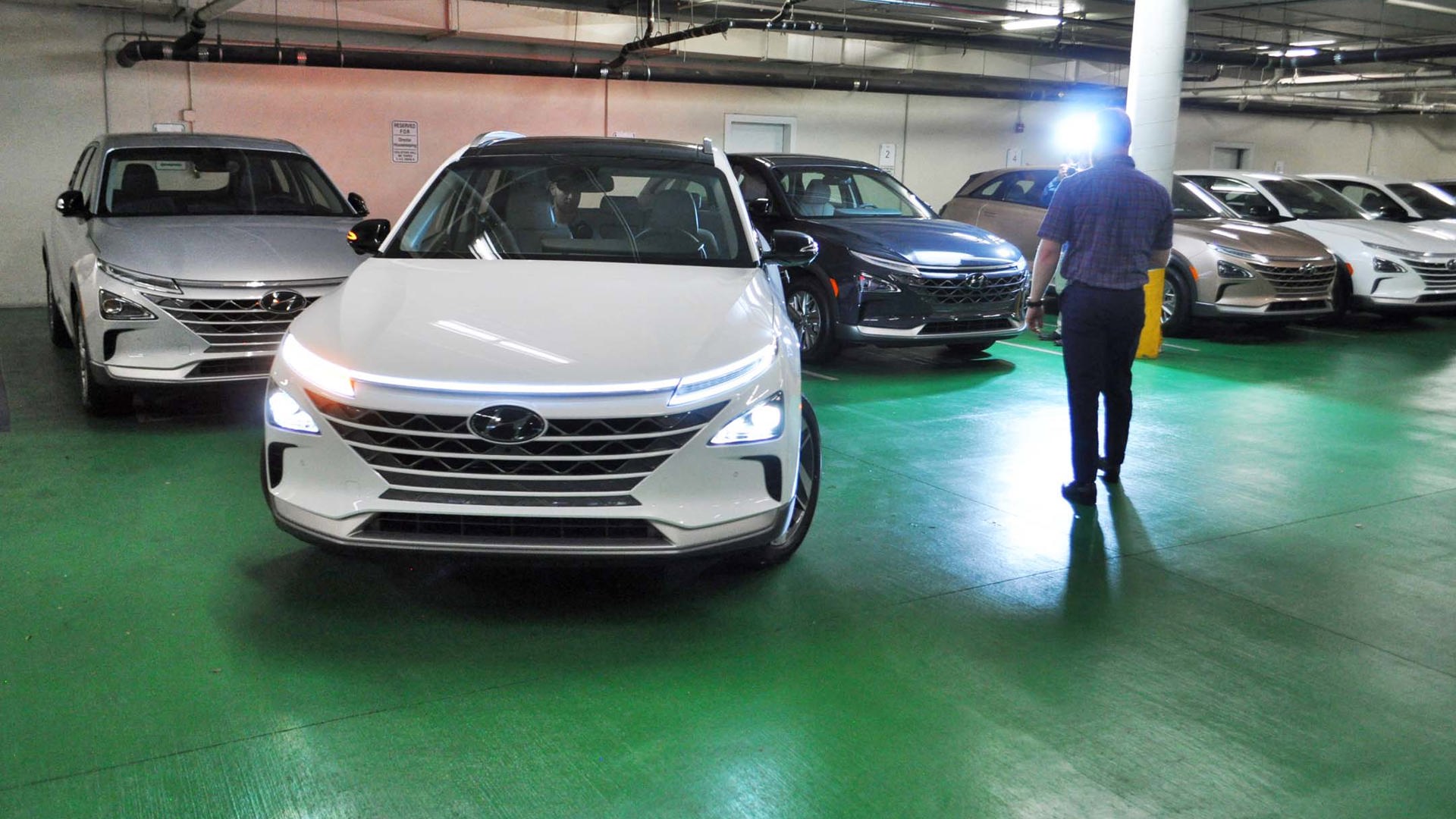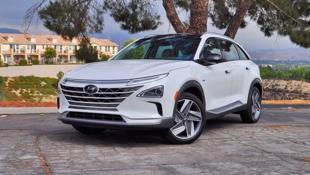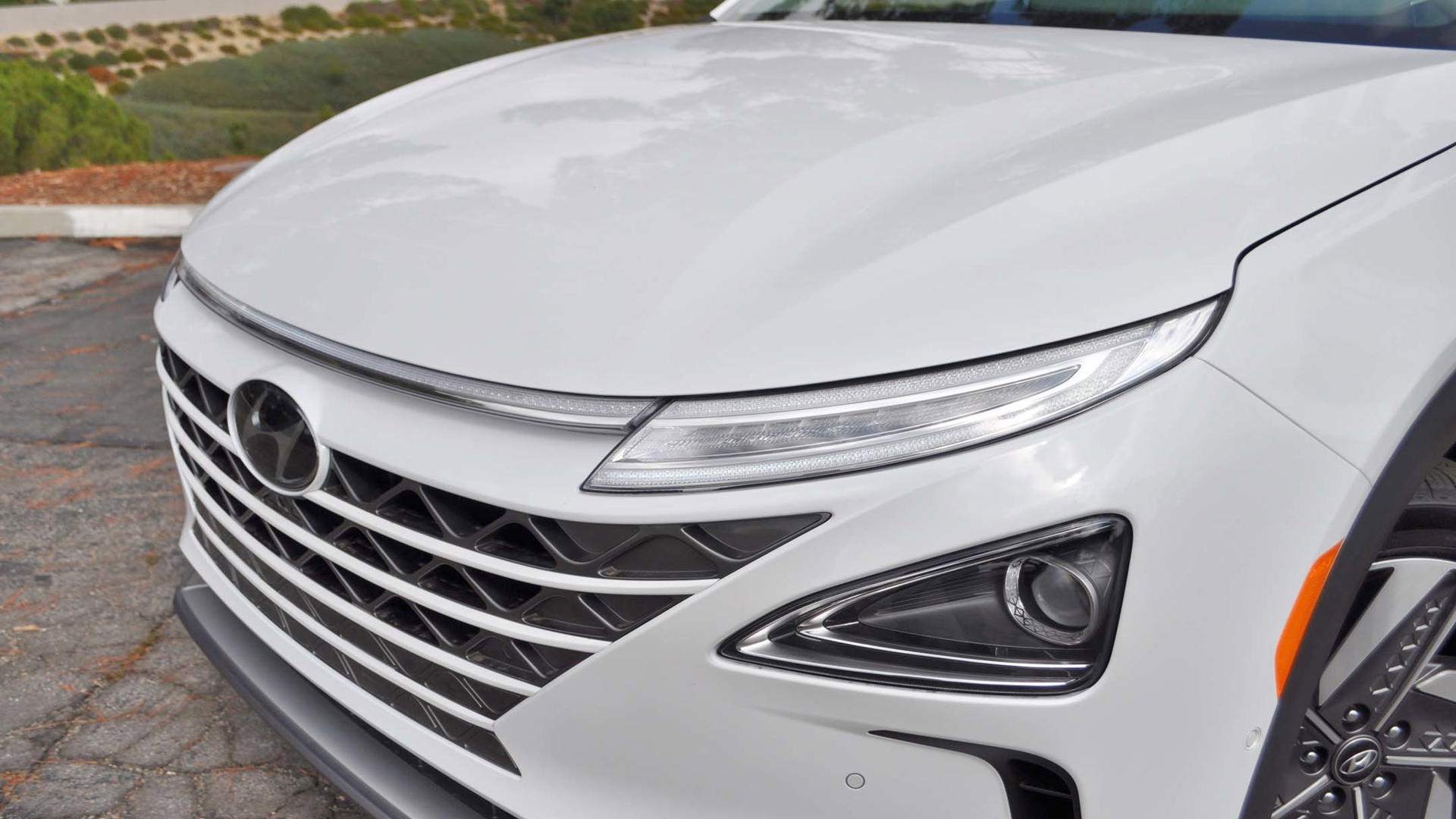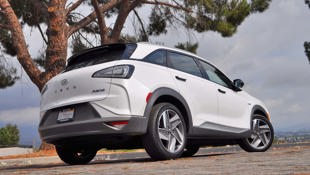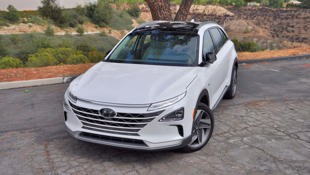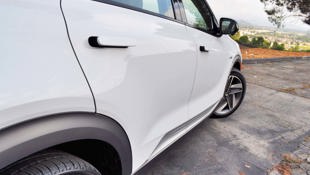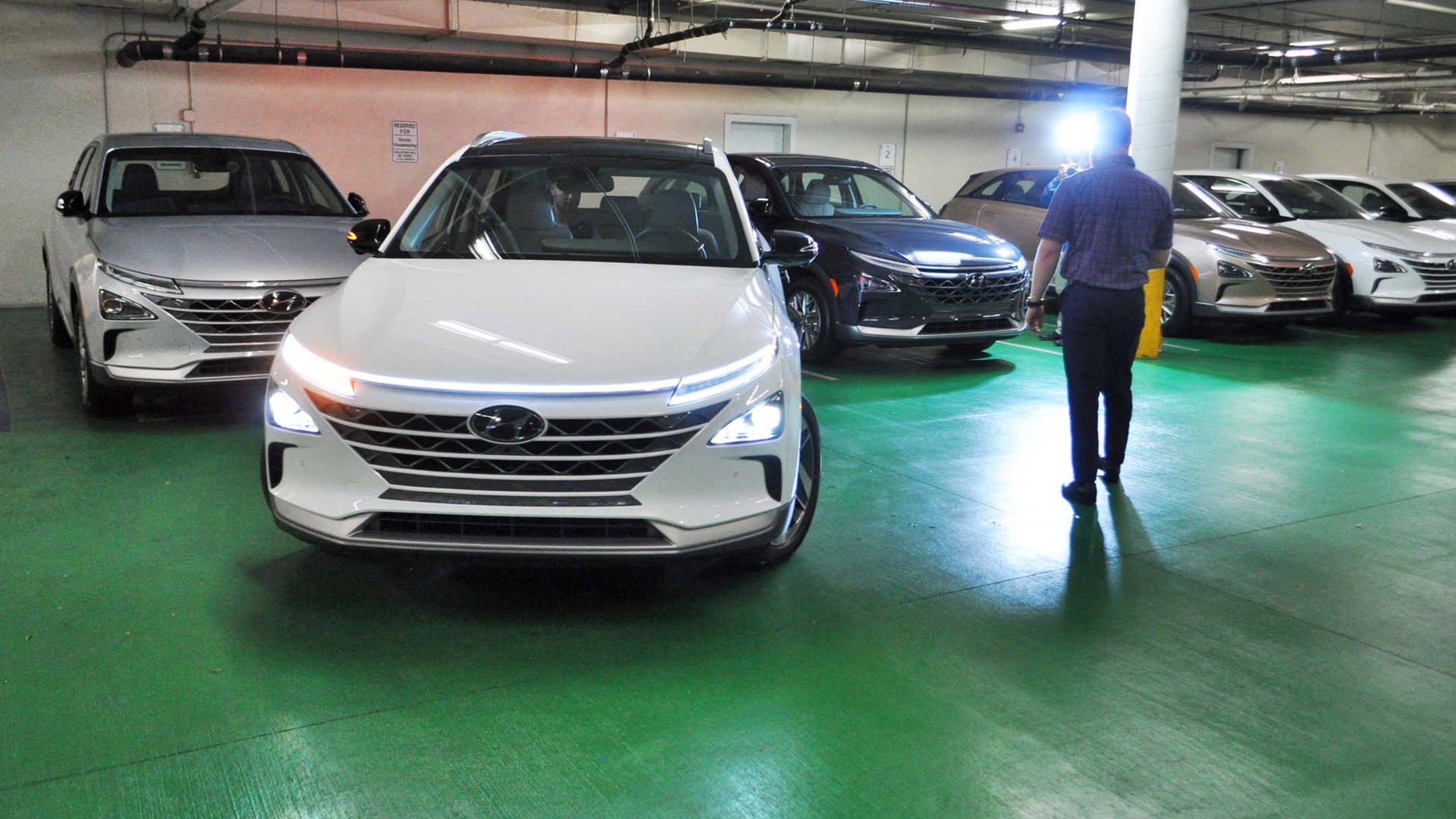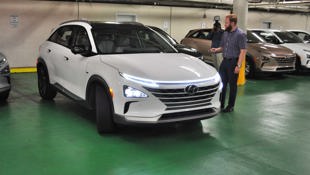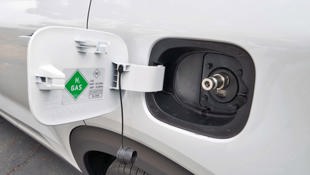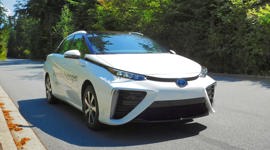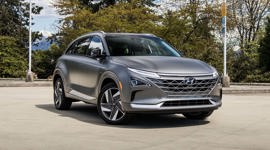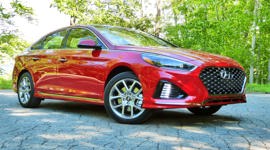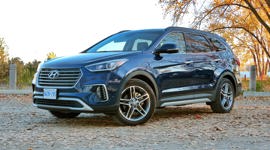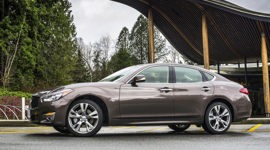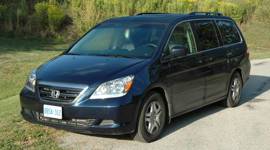West Hollywood, CA – If this is the future, you may be able to drink your car’s exhaust – eventually, maybe. Unfortunately for Canadian fuel cell fans and green car enthusiasts, that eventuality has seemed just a few years away for the better part of 30 years.
The 2019 Hyundai Nexo Fuel Cell is a quiet, futuristic and technology-laden halo vehicle for the Korean brand, no doubt. But it’s also more hydrogen and fuel cell PR project than true emissions-reducing family transportation, as its true mission in life is to provide another four-wheeled ‘egg’ (along with the Toyota Mirai and Honda Clarity Fuel Cell) to encourage the establishment and growth of a hydrogen fuelling network it needs to truly become an option for more than a handful of consumers and fleet buyers in Canada.
Even within this single company, there are two parallel buses heading towards a zero emissions utopia, with the BEV one pulling ahead, but Hyundai executives pushing the slower one hard to catch up.
“We don’t want to be in the fuelling business,” said one Hyundai Canada executive very clearly, at the launch of the Nexo Fuel Cell in Los Angeles, one of the few cities in North America with more than one fuel cell station. Yet that lack of infrastructure, limited production and associated high price for a RAV4-sized but luxury-level priced crossover will limit Hyundai to offering a few dozen of these advanced technology vehicles to Canada over the next few years. If that many.
And at least to start, the handful of incoming Nexo models will go to either BC or Quebec, the only two provinces with limited public fuel cell infrastructure available now, or by the end of 2018. At last count, according to Hyundai executives, there are two public hydrogen stations available in BC. In the province of Quebec, one is scheduled to open by the end of the year.
The Vancouver-area is the warmest of fuel cell hotbeds in this country, where the former Ballard Power Systems rose to prominence in the late 1990s and early 2000s, and where a few OEMs still house their global fuel cell engineering teams, including Mercedes-Benz Fuel Cell, a division of Mercedes-Benz Canada since 2012 in Burnaby.
Nexo impressive on its own
So enough about the eternal (some would say infernal) fuel cell infrastructure questions, the 2019 Nexo is actually impressive to drive, behold, and even park. Especially considering that it will be available by the end of November 2018, when it seems more like a crossover that could appear from a rip in the time-space continuum at any point in the next five years.
Futuristic good looks? Check. Sci-fi-ready vehicle-wide LED light strip? Check. Super silent fuel cell mill generating electricity onboard with a range of roughly 600 km? Check. Five to 10 minute refuelling time, once you find that ultra-rare compressed hydrogen pump? Check, and check.
Note that these last two points in particular are what fuel cell advocates and many auto executives claim as the main advantages over battery electric vehicles, which have taken a strong lead in the availability and cost race between these two types of zero emissions vehicles (okay, zero if you don’t count a fuel cell’s water vapour or trickle of water out the tailpipe). For many years, and even recently, companies such as Hyundai have touted fuel cell vehicles as the best solution for long range vehicles and heavy trucks, with battery electrics more useful for in town use.
This is as opposed to the Tesla model, which proudly claims ‘batteries rule!,’ for its luxury cars, SUVs and upcoming Semi commercial trucks. Even other OEMs, luxury and mainstream ones like Hyundai, have made major investments into battery electric vehicles, such as the Kona Electric crossover we also drove at this launch event.
Approaching the Nexo, the key in your pocket automatically ejects the nearest door handle, while once inside, the two-spoke steering wheel is the most noticeably unique touch. The floating console with storage space underneath a unique second, though familiar to Ioniq BEV and soon Kona Electric drivers.
Hit the button for Drive, mash the throttle and you’ll have the equivalent of 161 hp and 291 lb-ft of torque, initial jump is healthy and worthy of a mainstream compact crossover, with a 0-100 km/h dash of roughly 9.2 seconds. But this will be amongst the quietest drives up to highway speeds of any vehicle on the market, with little aerodynamic touches in the C-pillar meant to smooth aerodynamics. It’s even notably quieter than the Kona Electric we drove earlier that day.
As you’re driving along, a touch of either turn signal in the Nexo brings up a view down your corresponding right or left hand side in the digital screen in front of you. And it offers a self-parking system that can not only move the car forward and backward out of a tight parking spot, as on various modern luxury cars, but can also allow you to step out of the Nexo and twirl itself into a perpendicular or parallel spot all by itself, without you in the driver’s seat.
Great crossover, if you can fuel it
Pricing hasn't been announced in Canada, but it will likely be well into luxury SUV territory, as it's designed to compete with the rare Toyota Mirai fuel cell, which sells for US$57,000 in the US, its Canadian price also not listed on Toyota Canada's Canadian consumer site.
Both the Kona EV and the Nexo will be low volume green vehicles, but the Kona Electric is closer to actual production car volumes, with Hyundai expecting to sell up to 5,000 this year in Canada. In contrast, the Nexo’s predecessor, the Tuscon Fuel Cell, leased a maximum of 12 vehicles at a time over the years, due to the lack of hydrogen fuelling available to the public. That’s still an issue, and Hyundai execs admit that bringing the Nexo to market is an attempt to encourage fuel, government and other parties to invest more in hydrogen fuelling stations.
Thus even within this single company, there are two parallel buses heading towards a zero emissions utopia, with the BEV one pulling ahead, but Hyundai executives pushing the slower one hard to catch up.
As a showcase for advanced fuel cell vehicles, the 2019 Hyundai Nexo is an impressively stylish and futuristic machine. Can a zero emissions vehicle be truly green if it is only intended for a handful of drivers? Right now, no but eventually, maybe.

